
Phosphoric acid production processes in Middle East trade.
The wet process is the most common method for industrial phosphoric acid production. Phosphate rock, which is a naturally occurring mineral containing phosphorus, is mined and processed to remove impurities. The rock is typically ground to a fine powder to increase its surface area. The powdered phosphate rock is mixed with sulfuric acid. The reaction between the rock and the acid results in the formation of phosphoric acid (H₃PO₄) and calcium sulfate (gypsum). The reaction typically takes place in large reaction vessels known as digesters.
The mixture of phosphoric acid and calcium sulfate is then filtered to separate the solid calcium sulfate from the liquid phosphoric acid. The calcium sulfate can be further processed for use in various applications such as construction materials. The filtered phosphoric acid is typically diluted, and the water content is reduced through evaporation or other concentration methods. This step increases the concentration of phosphoric acid in the final product.
Phosphate rocks are generally available in the form of hydroxides and fluorides. Apatite is also the most important phosphate rock that is used to produce industrial and edible phosphoric acid. There are many impurities in this rock that can reduce the efficiency of phosphoric acid. These impurities also cause more corrosion of the materials. In 1812, the company Quigent in Lyon, France, discovered a way to produce pure phosphorus by adding hydrochloric acid to the bone, which was fully produced by the French government until 1872, from which phosphoric acid, along with other phosphorus products, was produced.
It was during these years (1840) that the importance of using phosphoric acid in the agricultural industry as fertilizer and its applications in agriculture and physiology was discussed by Justus van Liebig in the book named Organic Chemistry. In the same book, the scientist referred to the insoluble phosphate in bones and minerals and said that by reacting this phosphate with sulfuric acid, a nutritious compound could be obtained for plants.
When in 1896 all buffalo bones disappeared from the American plains due to the production of phosphorus, phosphoric acid and other phosphorous products, companies are thinking of replacing bone with a more reliable source, and so they are turning to phosphate mineral ores. But before that, many of them went bankrupt due to rising bone prices. Today, phosphoric acid is prepared from phosphate rocks in two general and dry methods.
The thermal process, also known as the furnace process or dry process, is an alternative method for phosphoric acid production. Elemental phosphorus (P₄) is burned in the presence of excess air, which converts the phosphorus into phosphorus pentoxide (P₂O₅). This reaction typically occurs in a furnace or reactor. The resulting phosphorus pentoxide is dissolved in water to form phosphoric acid. The chemical equation for this reaction is: P₂O₅ + 3H₂O → 2H₃PO₄. The phosphoric acid solution is typically filtered to remove any impurities. The filtered solution is then concentrated through evaporation or other methods to increase the phosphoric acid concentration.
Both the wet process and the thermal process have their advantages and disadvantages. The wet process is more commonly used due to its lower energy requirements and higher phosphoric acid purity. The thermal process, on the other hand, can be advantageous in regions with limited water resources as it does not require large quantities of water for acidulation. Environmental considerations and sustainability efforts are becoming increasingly important in phosphoric acid production, with efforts to minimize waste and reduce environmental impacts.
-
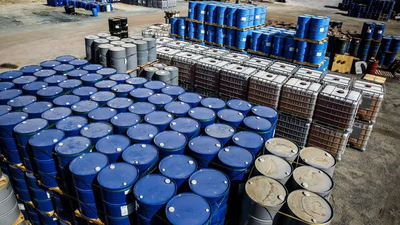
Phosphoric acid, or orthophosphoric acid, is a mineral acid with the formula H₃PO₄. It is produced through either the wet or thermal process. The wet process involves reacting phosphate rock with sulfuric acid, resulting in a mixture that is filtered and purified to yield phosphoric acid. This triprotic acid has a pH of around 2. 2, indicating its strong acidity. Phosphoric acid is widely used in various industries, particularly in food and beverages as a flavor enhancer and preservative. It plays a crucial role in the production of phosphate-based fertilizers like DAP and MAP, essential for plant growth. Additionally, it is utilized in metal surface treatment and the synthesis of pharmaceuticals and detergents.
While generally safe when handled properly, concentrated phosphoric acid can cause burns and eye damage; thus, protective equipment is necessary during handling. Its applications extend across agriculture, food processing, cosmetics, and industrial processes.
-
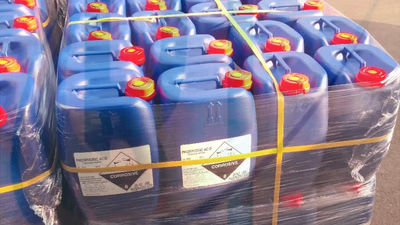
Phosphoric acid is a versatile compound utilized across various industries due to its ability to adjust pH levels. In the food and beverage sector, it serves as an acidulant and flavor enhancer, commonly found in carbonated drinks and processed foods. Its role in agriculture is significant, as it is a key ingredient in phosphate-based fertilizers that promote plant growth by replenishing soil phosphorus. Additionally, phosphoric acid aids in water treatment by controlling alkalinity and preventing scale formation in cooling towers and boilers. It also finds applications in chemical manufacturing, where it acts as a reactant or catalyst for producing phosphate salts used in detergents and pharmaceuticals. The cleaning properties of phosphoric acid make it effective for rust removal and metal surface preparation. Overall, its diverse applications highlight its importance in enhancing product quality and supporting various industrial processes.
-
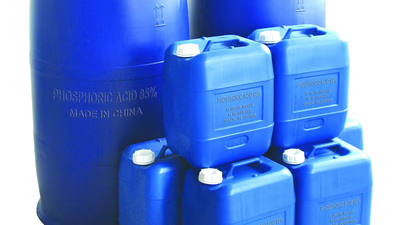
West Asia, particularly Saudi Arabia, Jordan, and Morocco, is a significant player in the phosphoric acid market due to its abundant phosphate rock reserves. These countries are major producers and exporters of phosphate-based fertilizers, which utilize phosphoric acid as a key ingredient. The region"s strategic location and access to resources have fostered growth in the phosphoric acid sector. Beyond fertilizers, phosphoric acid is utilized in various industries such as chemicals, food and beverages, and metal treatment. The increasing industrialization in West Asia has heightened demand for this versatile compound. Despite being a major exporter, the Middle East also imports phosphoric acid to meet local needs due to lower production levels. Investments in new production facilities are underway but will not be operational until after 2025. For instance, the National Iranian Copper Industrial Company plans to invest 250 million euros into developing phosphoric acid plants that will require substantial phosphate soil imports annually.
The market is expected to grow driven by population increases and rising food demands while facing challenges from price fluctuations and environmental regulations. Overall, the region"s investments in infrastructure and production capabilities position it competitively within the global phosphoric acid market.
-
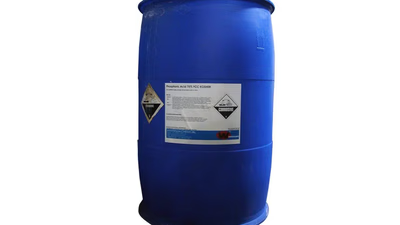
Phosphoric acid production primarily utilizes the wet process, where phosphate rock is mined, ground, and reacted with sulfuric acid to yield phosphoric acid and calcium sulfate. This method is favored for its lower energy requirements and higher purity of the final product. The wet process involves filtering the mixture to separate solid calcium sulfate from liquid phosphoric acid, which is then concentrated through evaporation. An alternative method, the thermal process, involves burning elemental phosphorus to produce phosphorus pentoxide, which is then dissolved in water to form phosphoric acid. While both methods have their pros and cons, the wet process remains dominant due to its efficiency. Environmental sustainability is becoming a key focus in production practices, with efforts aimed at reducing waste and minimizing ecological impacts. Historical context reveals that phosphoric acid has been recognized for its agricultural benefits since the 19th century, leading to its widespread use as a fertilizer. As industries evolve, sourcing reliable phosphate mineral ores has become essential due to past challenges with bone prices.
-
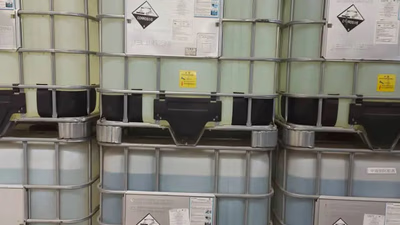
Phosphoric acid, derived from phosphorus, has a rich history dating back to the late 17th century when Hennig Brand first isolated phosphorus. The understanding of phosphoric acid evolved significantly in the early 19th century through the work of chemists like Jöns Jacob Berzelius. Initially produced via the bone-ash process, which treated bones with sulfuric acid, commercial production began in the mid-19th century. The wet process emerged in the early 20th century, replacing the bone-ash method due to its efficiency. The molecular structure of phosphoric acid (H₃PO₄) was elucidated in the late 19th century, leading to its widespread use in agriculture as a fertilizer and in various industries such as detergents and food production. Phosphoric acid became essential for enhancing crop yields and was later recognized for its role as an acidulant in beverages. Regulatory bodies have since established safety standards for its use in food products. However, environmental concerns regarding phosphate mining and processing have prompted efforts to improve sustainability within the industry.





